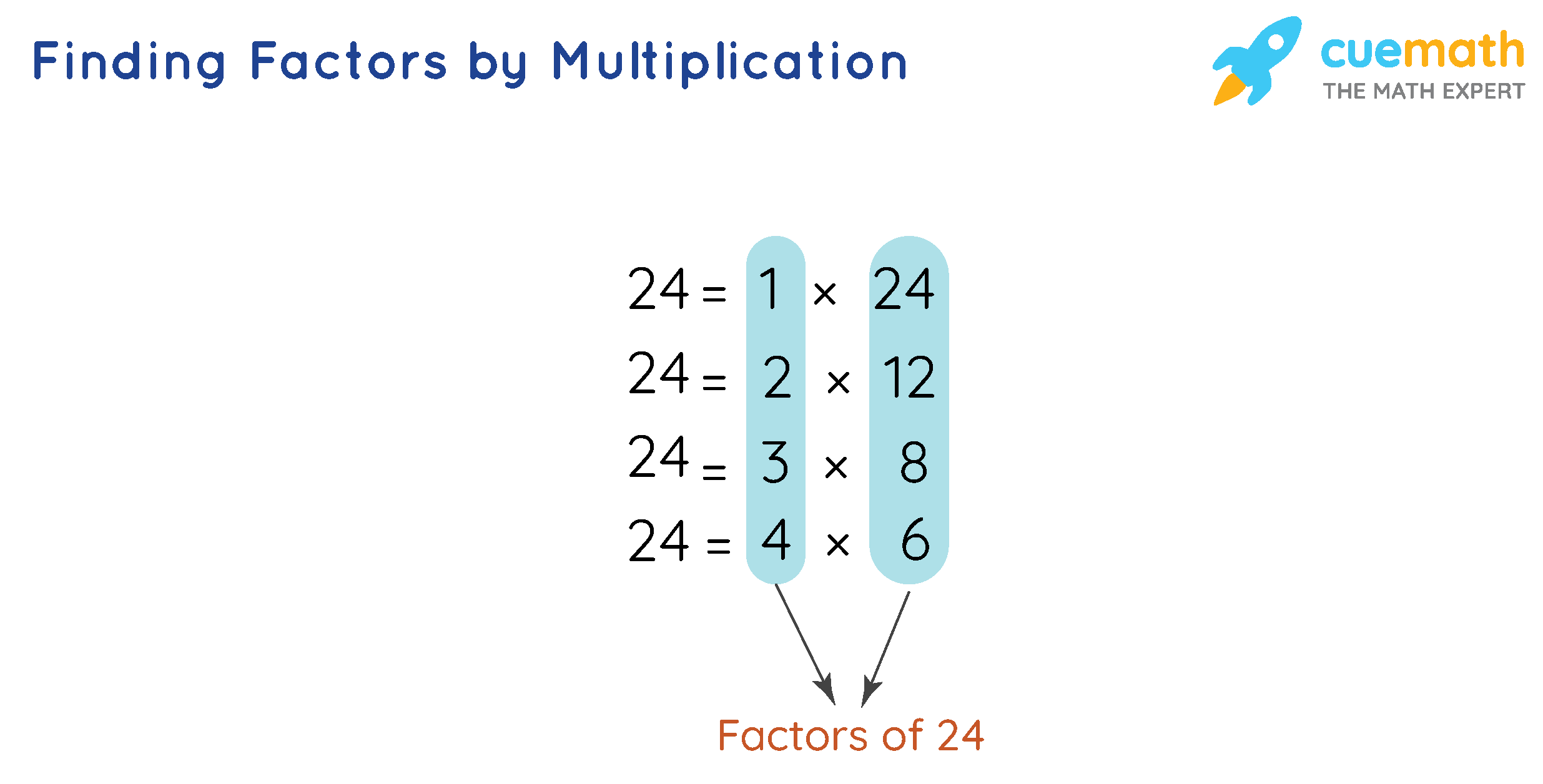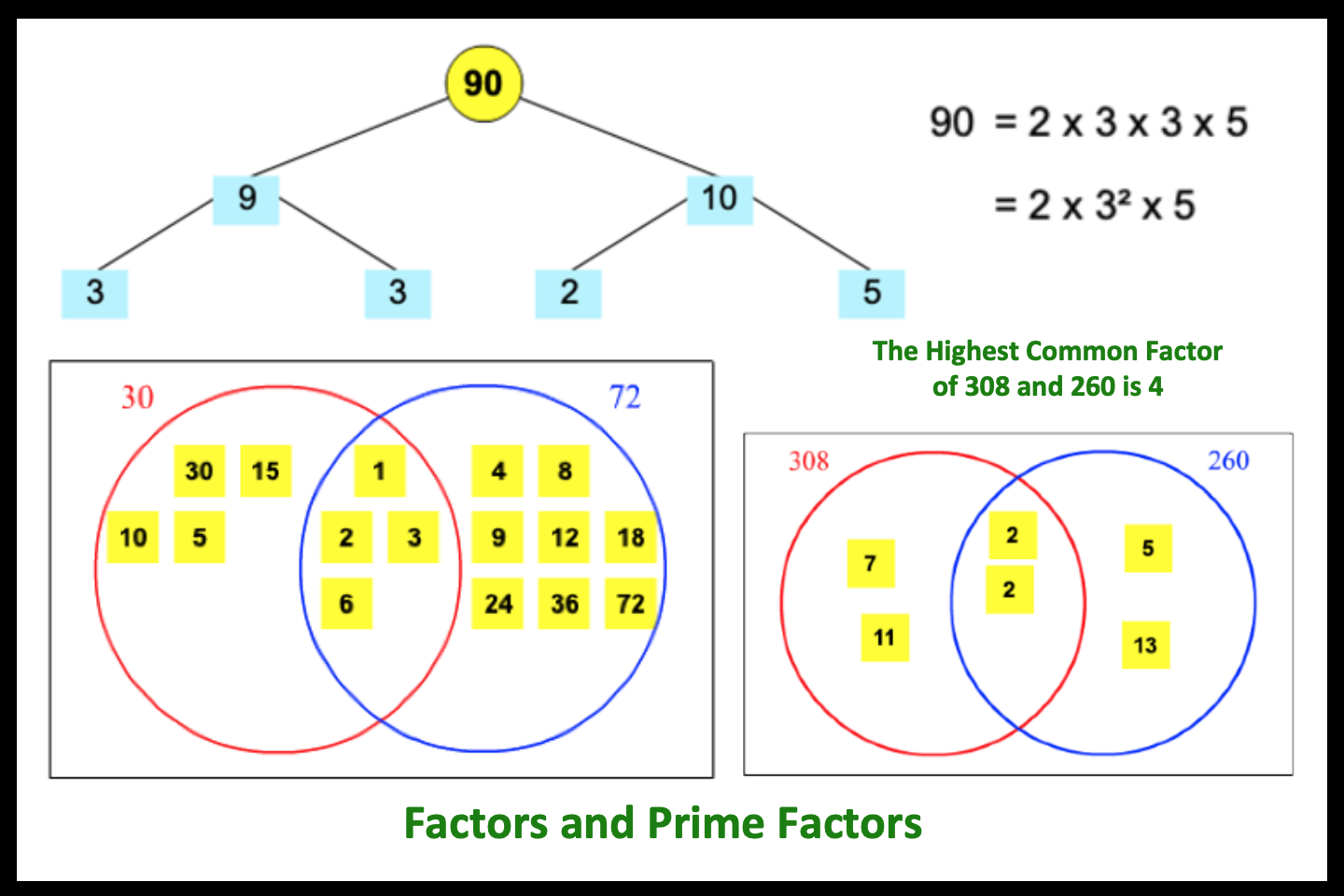Understanding how populations change is, you know, a pretty big deal. It affects everything from how many schools we need to how much food we produce, and even the kind of jobs that are available. When we talk about how many people live in a certain spot, and whether that number is going up, going down, or staying about the same, we are, in a way, talking about some really important things for our communities. It's almost like trying to figure out a big puzzle, where each piece represents something that helps shape the future of our towns and countries.
The number of people living in a place does not just change on its own; it is that, a result of many different things working together. These influences can be very subtle or quite clear, and they often connect with one another in rather interesting ways. Sometimes, a change in one area can lead to shifts in others, creating a chain reaction that shapes how many folks are around. It is a bit like watching a big system, where every part has some sort of effect on the whole picture.
So, if you are curious about what actually makes populations grow or shrink, you are in a good spot. We will look at some of the main forces at play, the ones that really make a difference to the total count of people. It is about seeing the bigger picture of how human numbers shift over time and what causes those movements. We will, you know, just take a look at the various elements that come into play.
- Megan Fox Kids
- Natalie Mariduena
- Questions To Ask A Female To Get To Know Her
- Names For Demon
- Kate Jackson
Table of Contents
- How Do Birth Rates Influence Population Growth?
- The Role of Fertility in Population Growth
- What About Death Rates and Their Influence on Population Growth?
- Health Improvements and Their Impact on Population Growth
- Does Movement of People Influence Population Growth?
- The Impact of Migration on Population Growth
- What Other Factors Influence Population Growth?
- Social and Economic Conditions Influencing Population Growth
- Government Actions and Their Influence on Population Growth
- Environmental Conditions and Population Growth
How Do Birth Rates Influence Population Growth?
One of the most straightforward ways to think about how populations get bigger is, well, by looking at how many babies are born. This idea, known as the birth rate, is a simple measure of how many new lives begin in a certain place over a period of time, usually a year. When more babies are born than people pass away, you typically see the number of residents go up. It's a pretty fundamental piece of the puzzle, actually.
A high birth rate, in some respects, means that a community is adding many new members consistently. This can lead to a quickly growing population, which then needs more resources like homes, schools, and services. You know, it is a direct contributor to overall numbers. This is often seen in places where families tend to have more children, perhaps due to cultural reasons or a lack of access to certain kinds of information or support.
On the other hand, a low birth rate means fewer new people are joining the group. If this keeps up for a while, and especially if it falls below the number of people leaving or passing away, the population might start to shrink. This is a situation that some countries are dealing with right now, where there just are not enough new births to keep the numbers steady. It's a real concern for the future of those places, you know, in terms of their workforce and overall makeup.
- Bebahan 18
- Robert Wagner Net Worth
- Roseanne The Tv Show Cast
- Pretty Mermaid Names
- Aaron Judge Ethnicity Parents Nationality
The Role of Fertility in Population Growth
When we talk about birth rates, we are also, kind of, talking about fertility. Fertility is about the actual ability of people to have children and the number of children they end up having. It is not just about how many babies are born, but also the conditions that allow those births to happen. Things like health, access to care, and even decisions about family planning play a big part here.
Factors that influence fertility are quite varied. For instance, the general health of a group of people can affect how many children are born. If people are healthier, they might be more able to have children, or perhaps they live longer, which can also influence family size decisions. Education, especially for women, often plays a very significant role too. When women have more schooling, they often choose to have fewer children later in life, or they might space their children out more.
Economic conditions also have a hand in fertility. In places where it costs a lot to raise children, or where there are fewer jobs, people might decide to have smaller families. Conversely, in some farming communities, more children might be seen as extra hands to help with work, so families might be larger. So, you see, it is not just one thing; it is a whole mix of social and economic realities that shape how many children are born, which then, in turn, influences population growth.
What About Death Rates and Their Influence on Population Growth?
Just as births add to a population, deaths take away from it. The death rate, or mortality rate, measures how many people pass away in a certain area over a specific time. This is another really big piece of the puzzle when figuring out how a population changes. If many people are passing away, even if a good number of babies are being born, the overall population might not grow much, or it could even get smaller.
In the past, death rates were often quite high, especially for young children. This meant that even with many births, populations did not grow as quickly as they do now in some places. Things like widespread sickness, not enough food, or conflicts could cause many people to pass away, keeping populations from expanding. It was, you know, a very different situation for many communities across the globe.
Today, in many parts of the world, death rates are much lower. This is thanks to better health care, cleaner living conditions, and more food. When fewer people pass away, especially at younger ages, the population naturally tends to get bigger, or at least stay stable. It means people are living longer, healthier lives, which is a good thing for individuals, but it does change the overall age makeup of a population, which has its own considerations.
Health Improvements and Their Impact on Population Growth
Improvements in health are, in a way, one of the biggest reasons why death rates have gone down so much. Think about it: when doctors learn more about how to treat illnesses, when we have vaccines to stop diseases from spreading, and when people have access to clean water and good food, fewer people get sick and pass away. This means that more people live to older ages, and more children survive past infancy.
Things like better sanitation, which means cleaner ways to deal with waste, have made a huge difference. When people do not have to worry as much about getting sick from their environment, they live longer. Also, the development of new medicines and ways to perform surgery has saved countless lives. These medical advances, you know, truly allow more people to stay alive and well for a longer stretch of time.
The availability of health services also plays a part. If a community has good hospitals, clinics, and trained health workers, people can get help when they are sick. This reduces the number of deaths from preventable causes or from illnesses that can be treated. So, in a very real sense, better health care and living conditions directly influence population growth by keeping more people alive. It is a very powerful force, you know, in shaping human numbers.
Does Movement of People Influence Population Growth?
Beyond births and deaths, there is another very important factor that changes population numbers: people moving from one place to another. This is called migration. When people move into a country or region, it is called immigration, and when they move out, it is called emigration. Both of these movements can have a really big effect on how many people are living in a specific area.
If many people are moving into a country, that country's population can grow, even if its birth rate is not particularly high. These new arrivals add to the total number of residents. This is often seen in countries that offer good job opportunities or a safe place to live for those who might be facing difficult situations in their home countries. It is, you know, a common way for populations to increase.
On the flip side, if many people are leaving a country, its population might shrink. This happens when people move away to find better jobs, to escape problems, or for various other personal reasons. Even if there are a good number of births, a lot of people leaving can mean the total population goes down. So, the flow of people in and out of a place is, actually, a critical part of how its population changes.
The Impact of Migration on Population Growth
The impact of migration on population growth is, you know, often quite immediate and noticeable. When a large group of people arrives in a new place, they bring with them their skills, their families, and their needs. This can quickly boost the population numbers of the area they move to. It can also bring new life and different perspectives to a community, adding to its overall makeup.
Migration is often driven by various reasons. People might move for economic reasons, seeking work or better opportunities. They might move to join family members who are already living elsewhere. Sometimes, people are forced to move because of conflicts, natural disasters, or difficult living conditions in their home areas. These pushes and pulls, so to speak, greatly influence where people end up and, consequently, where populations grow or shrink.
The age of people who migrate also influences population growth. Often, those who move are younger adults, who are more likely to have children. This means that immigration can not only add to the current population but also contribute to future births, further influencing population growth. So, it is not just about the numbers of people moving, but also about who those people are, and what their potential contributions to the population might be. It is, you know, a dynamic force.
What Other Factors Influence Population Growth?
While births, deaths, and migration are the main drivers of population change, there are many other factors that indirectly influence these three. These underlying conditions can either encourage or discourage population growth in various ways. They are, you know, the background elements that shape the big picture. It is a bit like the currents in a river that guide the flow of the water.
These other factors often relate to how a society is set up, the choices people make, and even the natural world around us. They can be very powerful in shaping how many children people decide to have, how long people live, and whether they choose to move to a new place or stay put. Understanding these deeper influences gives us a more complete picture of why populations change. It is, in some respects, about looking at the entire system.
So, it is not just about counting heads, but also about understanding the stories behind those numbers. These additional elements add layers of detail to the discussion of population growth. They show us that the reasons for population shifts are often quite complex and tied into many different aspects of human life and the environment. We will, you know, just look at some of these next.
Social and Economic Conditions Influencing Population Growth
The way a society is organized and how well its economy is doing can have a pretty big effect on population growth. For example, when people have more access to education, especially for women, it often changes family planning decisions. Educated women tend to have fewer children and have them later in life. This can lead to a slower rate of population increase. It is, you know, a very clear trend seen in many parts of the world.
Economic stability also plays a role. In places where people have steady jobs, good incomes, and a sense of financial security, they might feel more confident about having children. However, in highly developed economies, the cost of raising children can be quite high, which sometimes leads families to choose to have fewer children. So, it is not always a simple case of more money equals more babies; it is more nuanced than that.
Urbanization, the movement of people from rural areas to cities, also influences population growth. City living often means different lifestyles, smaller living spaces, and less reliance on large families for labor, compared to farming communities. This can lead to lower birth rates in urban areas. Also, access to health services and education is often better in cities, which can affect both birth and death rates. It is, you know, a major shift in how people live.
Government Actions and Their Influence on Population Growth
Governments can also, you know, influence population growth through various policies and programs. Some governments might try to encourage people to have more children, perhaps by offering financial help to families or by providing good childcare options. This is often done in countries where birth rates are very low and the population is getting older. They are trying to boost the numbers.
On the other hand, some governments have, in the past, tried to limit population growth, especially in places where resources are scarce or where there are concerns about too many people. These policies might involve promoting family planning or setting limits on family size. These actions can have a very direct effect on birth rates, even if they are not always popular or easy to put into practice.
Government policies related to health care, education, and even immigration also have a ripple effect. For instance, investing in public health can lower death rates, while creating clear immigration pathways can attract new residents. So, the choices made by those in power can, in a very real way, shape the demographic future of a country. It is, you know, a powerful tool in their hands.
Environmental Conditions and Population Growth
Finally, the environment itself can play a part in how populations change. Access to natural resources, like clean water and fertile land, is very important. If these resources are limited, or if the environment is not healthy, it can affect people's health and their ability to sustain themselves, which can, in turn, influence death rates and even decisions about having children.
Things like natural disasters, changes in climate, or widespread pollution can also impact population numbers. These events can lead to increased deaths, or they might force people to move away from affected areas, influencing migration patterns. A severe drought, for instance, could lead to food shortages, which then affects health and survival. It is, you know, a direct link between the planet and its people.
So, the quality of the environment, and how it supports human life, is a fundamental background factor for population growth. A healthy environment generally supports a healthier population, while a degraded environment can present challenges that limit growth or even cause populations to decline. It is, in a way, the very foundation upon which human communities thrive or struggle.
- Long Sweet Text Messages For Her
- Braids Medium Hair
- Mother Of 3 Tattoos
- Top Women Country Singers
- Lena The Plug Love


